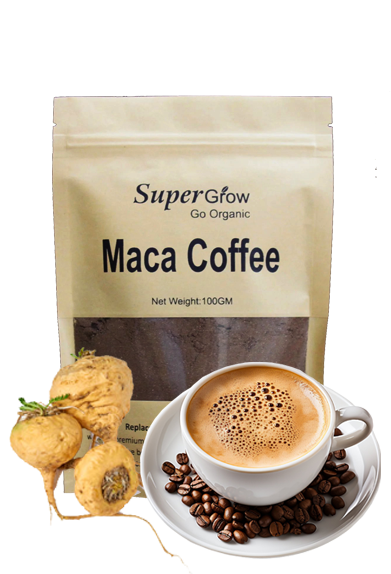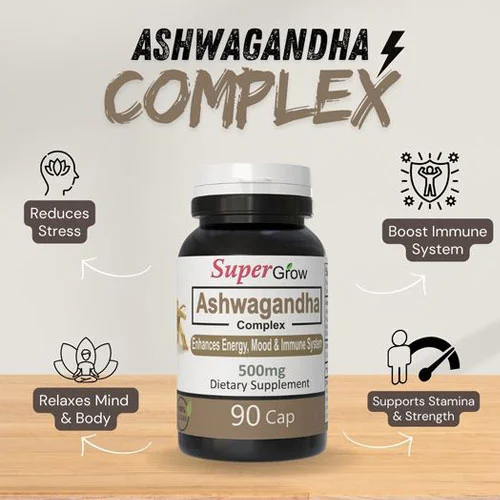Overview
Curry leaves come from the Murraya koenigii plant, which is native to the Indian subcontinent and Sri Lanka. Belonging to the same family as citrus and rue, the tree grows in tropical climates to about 20 feet tall. Literature dating back to the 1st century A.D. references the use of curry leaves to flavor vegetables.
Benefits
Curry leaves offer not only a distinctive flavor to various dishes but also potential health benefits. While scientific research on the health effects of curry leaves is ongoing, some traditional and anecdotal evidence suggests several potential benefits. Keep in mind that individual responses can vary, and it’s important to consult with a healthcare professional for personalized advice. Here are some potential benefits of curry leaves:
Rich in Antioxidants:
Curry leaves contain antioxidants that help neutralize free radicals in the body. Antioxidants are known for their potential to reduce oxidative stress and inflammation.
Anti-Inflammatory Properties:
The compounds found in curry leaves may have anti-inflammatory effects, which could be beneficial in managing inflammatory conditions.
Diabetes Management:
Some studies suggest that curry leaves may help lower blood glucose levels. Compounds in curry leaves may have anti-diabetic properties, making them potentially useful for individuals with diabetes.
Gastrointestinal Health:
Curry leaves are traditionally used to aid digestion. They may help in reducing indigestion, nausea, and other gastrointestinal issues.
Cholesterol Regulation:
There is some evidence to suggest that curry leaves may have a positive impact on lipid levels, potentially helping to regulate cholesterol levels.
Hair and Skin Health:
Curry leaves are often used in traditional hair and skin care. They are believed to promote hair health, prevent premature graying, and improve skin conditions.
Rich in Vitamins and Minerals:
Curry leaves contain various vitamins (A, B, C, and E) and minerals (calcium, phosphorus, iron) that contribute to overall health and well-being.
Anti-Bacterial and Antifungal Properties:
Some research indicates that curry leaves may have antimicrobial properties, which could help in combating certain bacteria and fungi.
Weight Management:
While more research is needed, some studies suggest that curry leaves may have potential benefits for weight management.
Liver Health:
There is some evidence to suggest that curry leaves may have a protective effect on the liver, potentially contributing to liver health.
Uses
Curry leaves are a versatile ingredient in cooking and are used in various culinary traditions, particularly in South Asian cuisine. Here are some common uses of curry leaves in cooking:
Flavoring Curries:
Curry leaves are a key ingredient in many South Indian curries. They are often added early in the cooking process to infuse their distinctive flavor into the dish.
Tempering (Tadka):
One of the most common uses of curry leaves is in the tempering or tadka process. They are added to hot oil along with other spices like mustard seeds, cumin seeds, and dried red chilies. This tempered mixture is then added to various dishes, such as dals, sambars, and chutneys, to enhance their flavor.
Rice Dishes:
Curry leaves can be added to rice dishes, such as biryanis and pulao, during the cooking process to impart their unique aroma and flavor.
Soups and Stews:
Curry leaves can be used in soups, stews, and lentil dishes to add depth and fragrance. They are often added during the preparation of the base or broth.
Chutneys and Sauces:
Fresh or dried curry leaves can be used in the preparation of chutneys and sauces. They add a distinct flavor to these condiments, enhancing the overall taste.
Marinades:
Curry leaves can be included in marinades for meat, fish, or vegetables. They contribute to the flavor profile of the marinade, providing a unique and aromatic touch.
Snacks and Fritters:
Fresh curry leaves are sometimes used in the preparation of snacks and fritters. They can be added to batters for items like pakoras (fritters) to infuse a subtle curry flavor.
Buttermilk and Lassi:
Curry leaves can be blended into buttermilk or lassi to add a hint of their flavor. This is a common practice in some traditional recipes.
Tea and Beverages:
Some people use fresh or dried curry leaves to make herbal teas or infusions. The leaves are steeped in hot water to extract their flavors and potential health benefits.


 Shop layouts
Shop layouts
 Food Supplements
Food Supplements





